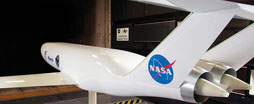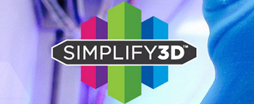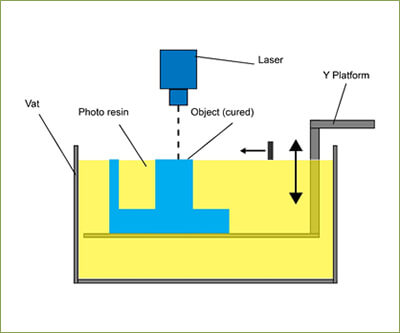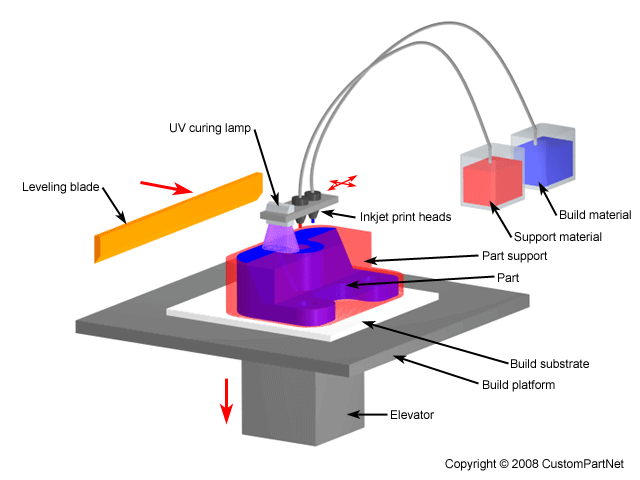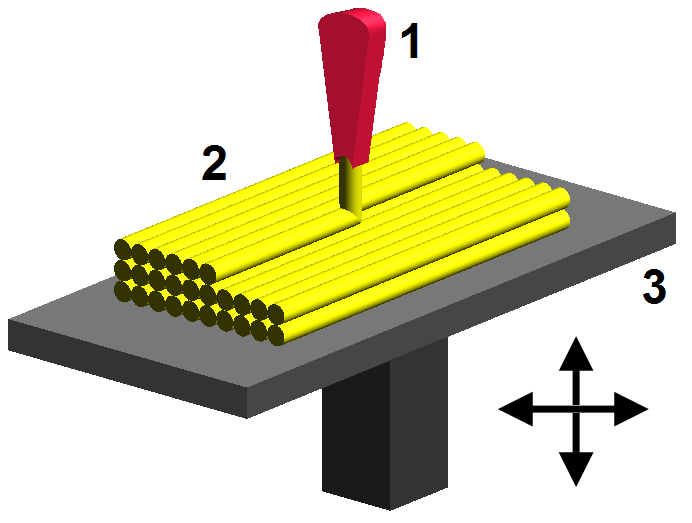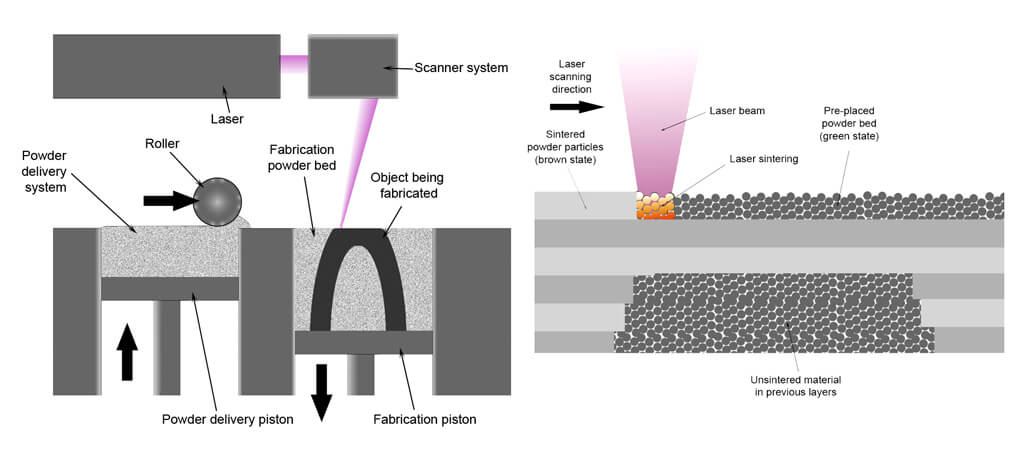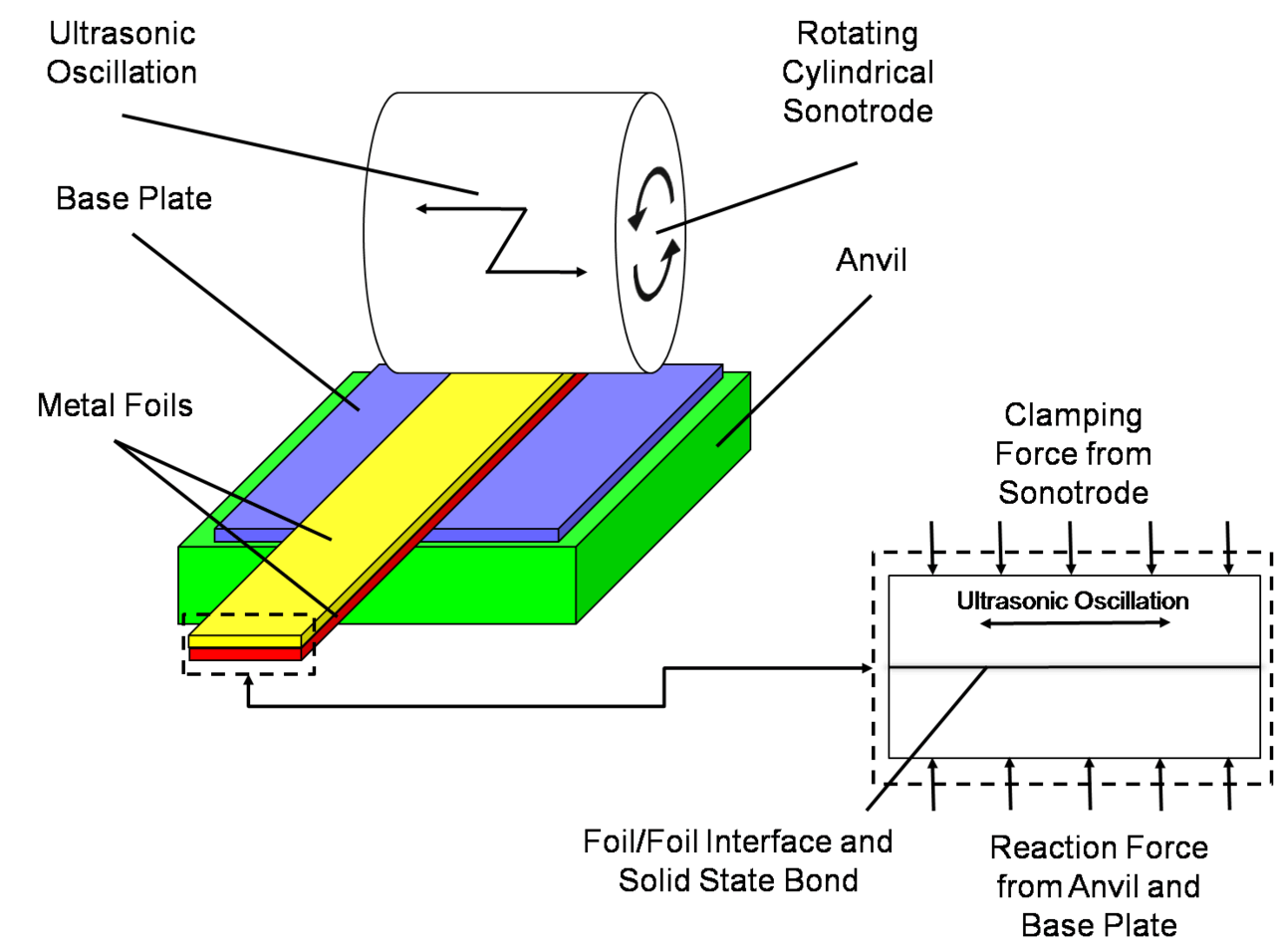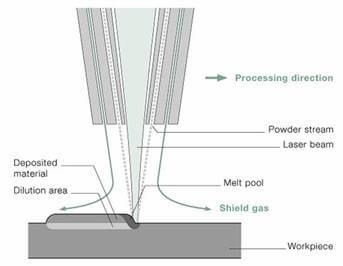3D printing industry
The worldwide 3D printing industry is expected to grow from $3.07B in revenue in 2013 to $12.8B by 2018, and exceed $21B in worldwide revenue by 2020. As it evolves, 3D printing technology is destined to transform almost every major industry and change the way we live, work, and play in the future.
Medical industry
The outlook for medical use of 3D printing is evolving at an extremely rapid pace as specialists are beginning to utilize 3D printing in more advanced ways. Patients around the world are experiencing improved quality of care through 3D printed implants and prosthetics never before seen.
Bio-printing
As of the early two-thousands 3D printing technology has been studied by biotech firms and academia for possible use in tissue engineering applications where organs and body parts are built using inkjet techniques. Layers of living cells are deposited onto a gel medium and slowly built up to form three dimensional structures. We refer to this field of research with the term: bio-printing.
Aerospace & aviation industries
The growth in utilisation of 3D printing in the aerospace and aviation industries can, for a large part, be derived from the developments in the metal additive manufacturing sector.
NASA for instance prints combustion chamber liners using selective laser melting and as of march 2015 the FAA cleared GE Aviation¡¯s first 3D printed jet engine part to fly: a laser sintered housing for a compressor inlet temperature sensor.
Automotive industry
Although the automotive industry was among the earliest adopters of 3D printing it has for decades relegated 3d printing technology to low volume prototyping applications.
Nowadays the use of 3D printing in automotive is evolving from relatively simple concept models for fit and finish checks and design verification, to functional parts that are used in test vehicles, engines, and platforms. The expectations are that 3D printing in the automotive industry will generate a combined $1.1 billion dollars by 2019.
Industrial printing
In the last couple of years the term 3D printing has become more known and the technology has reached a broader public. Still, most people haven¡¯t even heard of the term while the technology has been in use for decades. Especially manufacturers have long used these printers in their design process to create prototypes for traditional manufacturing and research purposes. Using 3D printers for these purposes is called rapid prototyping.
Why use 3D printers in this process you might ask yourself. Now, fast 3D printers can be bought for tens of thousands of dollars and end up saving the companies many times that amount of money in the prototyping process. For example, Nike uses 3D printers to create multi-colored prototypes of shoes. They used to spend thousands of dollars on a prototype and wait weeks for it. Now, the cost is only in the hundreds of dollars, and changes can be made instantly on the computer and the prototype reprinted on the same day.
Besides rapid prototyping, 3D printing is also used for rapid manufacturing. Rapid manufacturing is a new method of manufacturing where companies are using 3D printers for short run custom manufacturing. In this way of manufacturing the printed objects are not prototypes but the actual end user product. Here you can expect more availability of personally customized products.
Personal printing
Personal 3D printing or domestic 3D printing is mainly for hobbyists and enthusiasts and really started growing in 2011. Because of rapid development within this new market printers are getting cheaper and cheaper, with prices typically in the range of $250 ¨C $2,500. This puts 3D printers into more and more hands.
The RepRap open source project really ignited this hobbyist market. For about a thousand dollars people could buy the RepRap kit and assemble their own desktop 3D printer. Everybody working on the RepRap shares their knowledge so other people can use it and improve it again.
Services
Not everybody can afford or is willing to buy their own 3D printer. Does this mean you cannot enjoy the possibilities of 3D printing? No, not to worry. There are 3D printing service bureaus like Shapeways, Ponoko and Sculpteo that can very inexpensively print and deliver an object from a digital file that you simply upload to their user-friendly website. You can even sell your 3D designs on their website and make a little money out of it!
If you don¡¯t design your own 3D models, you can still print some very nice objects. There are model repositories such as Thingiverse, 3D Warehouse and 3D Parts Database that have model files you can download for free.
There are also companies who offer their services business-to-business. When, for instance, you have an architecture practice and you need to build model scales, it is very time consuming doing this the old fashioned way. There are services where you can send your digital model to and they print the building on scale for you to use in client presentations. These kind of services can already be found in a lot of different industries like dental, medical, entertainment and art.
History
In the history of manufacturing, subtractive methods have often come first. The province of machining (generating exact shapes with high precision) was generally a subtractive affair, from filing and turning through milling and grinding.
Additive manufacturing¡¯s earliest applications have been on the toolroom end of the manufacturing spectrum. For example, rapid prototyping was one of the earliest additive variants and its mission was to reduce the lead time and cost of developing prototypes of new parts and devices, which was earlier only done with subtractive toolroom methods (typically slowly and expensively). However, as the years go by and technology continually advances, additive methods are moving ever further into the production end of manufacturing. Parts that formerly were the sole province of subtractive methods can now in some cases be made more profitably via additive ones.
However, the real integration of the newer additive technologies into commercial production is essentially a matter of complementing subtractive methods rather than displacing them entirely. Predictions for the future of commercial manufacturing, starting from today¡¯s already- begun infancy period, are that manufacturing firms will need to be flexible, ever-improving users of all available technologies in order to remain competitive.
Future
It is predicted by some additive manufacturing advocates that this technological development will change the nature of commerce, because end users will be able to do much of their own manufacturing rather than engaging in trade to buy products from other people and corporations.
3D printers capable of outputting in colour and multiple materials already exist and will continue to improve to a point where functional products will be able to be output. With effects on energy use, waste reduction, customization, product availability, medicine, art, construction and sciences, 3D printing will change the manufacturing world as we know it.


